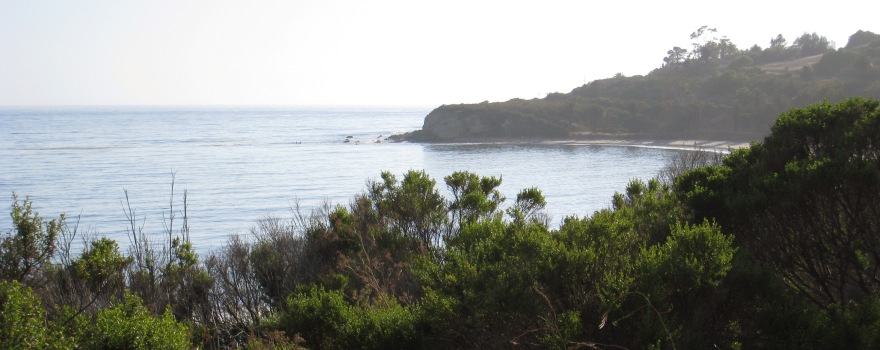 The amendment, set to be considered for adoption on May 5, will address intakes, brine discharges, mitigation and other issues for desalination facilities
The amendment, set to be considered for adoption on May 5, will address intakes, brine discharges, mitigation and other issues for desalination facilities
As water supplies have tightened throughout the state, more coastal communities have been considering desalination as a way to develop additional reliable supplies and serve as a buffer in times of drought, with the current exceptionally dry conditions serving to increase the pressure. Currently, there are eleven small existing desalination facilities in operation with a combined production capacity of 6.1 million gallons per day (MGD); there are fifteen more facilities under consideration with a combined production capacity of 250 to 370 MGD.
 With the increased interest in desalination, adopting an amendment to the existing Water Quality Control Plan for the Ocean Waters of California (Ocean Plan) to address the impacts of desalination facilities has been identified as a priority for the State Water Board.
With the increased interest in desalination, adopting an amendment to the existing Water Quality Control Plan for the Ocean Waters of California (Ocean Plan) to address the impacts of desalination facilities has been identified as a priority for the State Water Board.
Currently, the State Water Board and regional water boards regulate brine discharges through NPDES permits; the current Ocean Plan does not have any objectives or limitations for elevated salinity levels in the ocean, regulations for brine discharges, nor does it address the possible impacts to marine life from intakes; this has led to permitting inconsistencies and uncertainty.
The proposed amendment is intended to protect ocean water quality and marine life from the impacts associated with construction and operation of desalination facilities, and would establish a uniform statewide approach to the potential impacts of intakes and brine discharges on the beneficial uses of ocean waters. It has four primary components:
- Clarifies the State Water Board’s authority over desalination facility intakes and discharges
- Provides direction regarding evaluating best available site location, design, technology, and and mitigation measures feasible for minimizing mortality to all forms of marine life at new or expanded facilities
- Provides a narrative objective for receiving water limitation for salinity applicable to brine discharges to protect aquatic life beneficial uses
- Monitoring and reporting requirements that include effluent discharges, water column, and benthic community health.
If adopted, the intake-related provisions will apply to all new and expanded facilities that take in seawater; discharge requirements would apply to all facilities, new or existing. The proposed amendment would be implemented through the National Pollutant Discharge Elimination System (NPDES) permits or Waste Discharge Requirements (WDR) issued by the applicable regional water board.
The desalination amendment, in development since 2007, has involved expert review panels, an interagency workgroup, and extensive stakeholder outreach including a number of public workshops and stakeholder meetings. A public hearing on the proposed amendment was held in August of 2014 and comments received; Board staff responded to those comments and revised the amendment and the Supplemental Environmental Document (SED) accordingly. This amendment is now up for final public comment with comments due by Thursday, April 9.
The Board will consider adoption of the amendment at its May 5 board meeting.
For more information …
You can find the proposed amendment, environmental documentation, reports from the expert review panels and more from the State Water Board here: Desalination facilities and brine disposal
 Get the Notebook blog by email and never miss a post!
Get the Notebook blog by email and never miss a post!
Sign up for daily emails and get all the Notebook’s aggregated and original water news content delivered to your email box by 9AM. Breaking news alerts, too. Sign me up!

